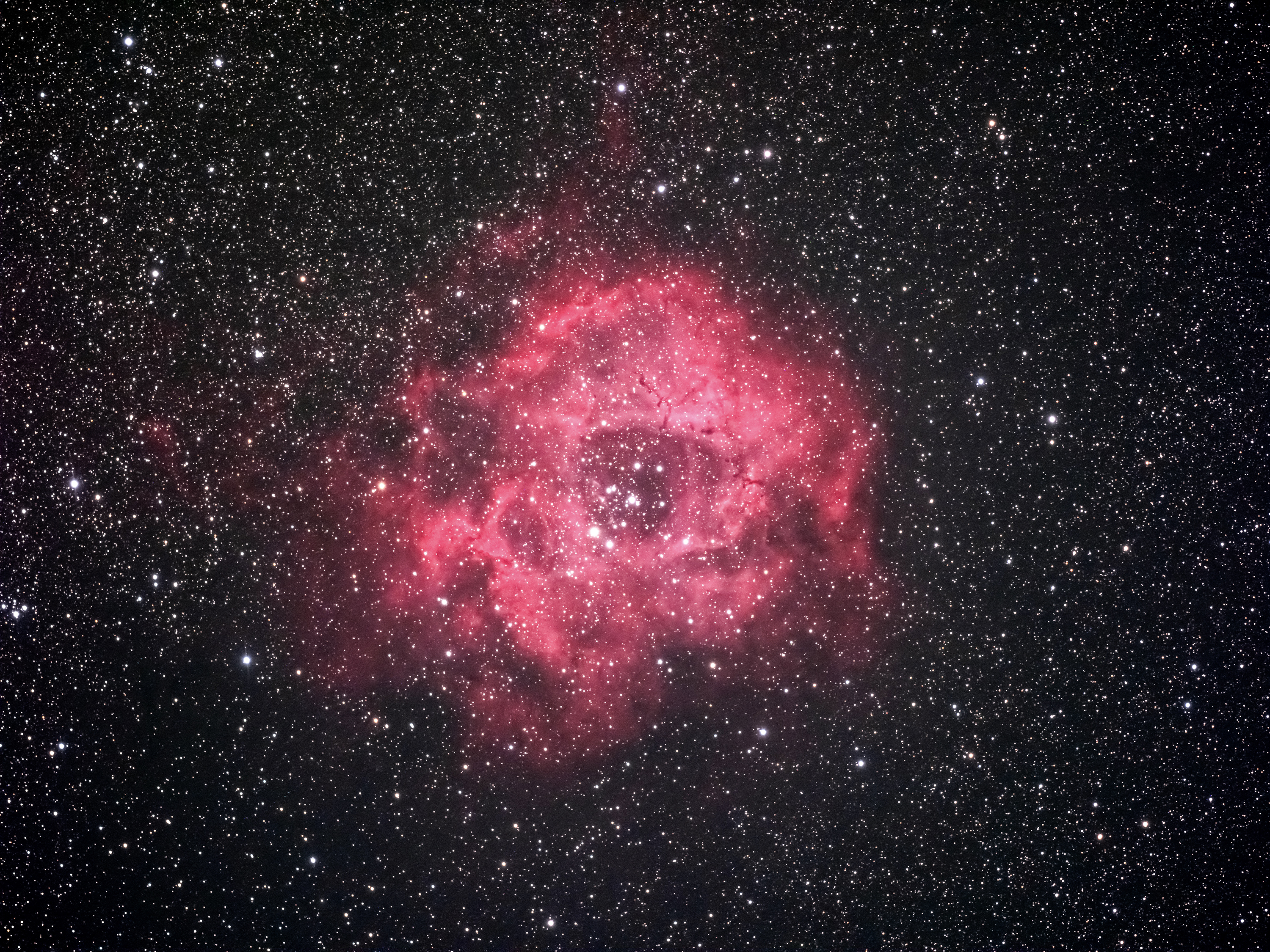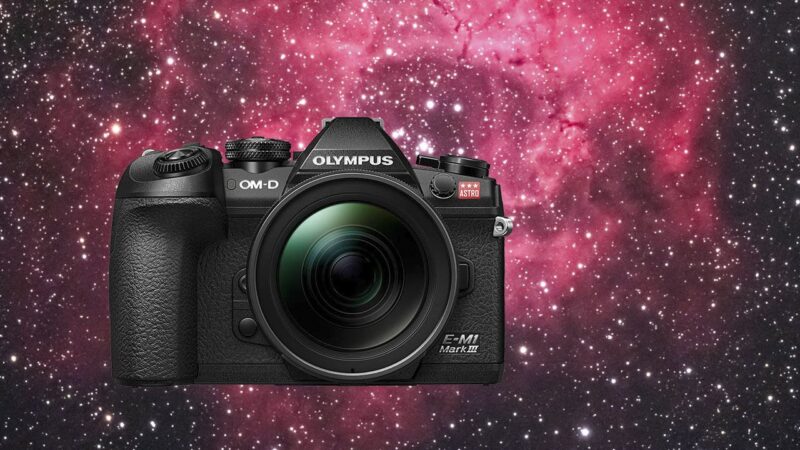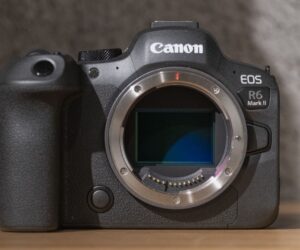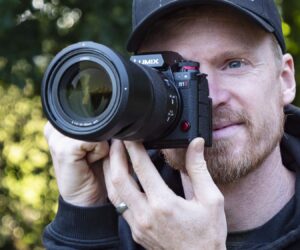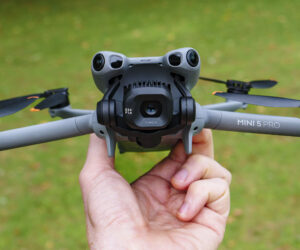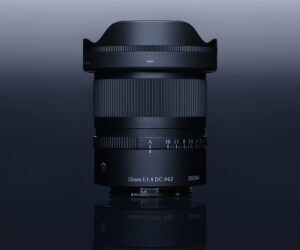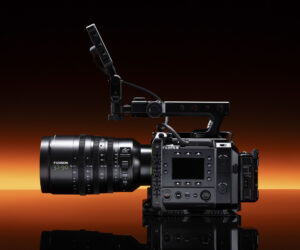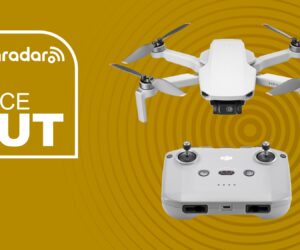- OM System just launched a niche E-M1 Mark III with IR-cut filter in front of the sensor
- Fine-tuned to pass through 100% of the Hα rays vital to astrophotography
- Two astrophotography filters for current OM System cameras were also revealed
If astrophotography is your thing, then OM System just launched the camera for you – the E-M1 Mark III Astro. It’s based on the same design and equipped with the same features as the five year old E-M1 Mark III but with one crucial difference – it has an IR-cut filter in front of its sensor that’s fine tuned to pass through 100% of the Hα rays.
With such a setup, vibrant colors of distant nebulae are revealed, colors that are otherwise invisible to the human eye. I’ve included side-by-side photos supplied by OM System of the same nebula taken with the new E-M1 Mark III Astro and a regular E-M1 Mark III to illustrate the difference one little filter can make (see below), plus other stunning images taken with the new camera by IIJIMA Yutaka.
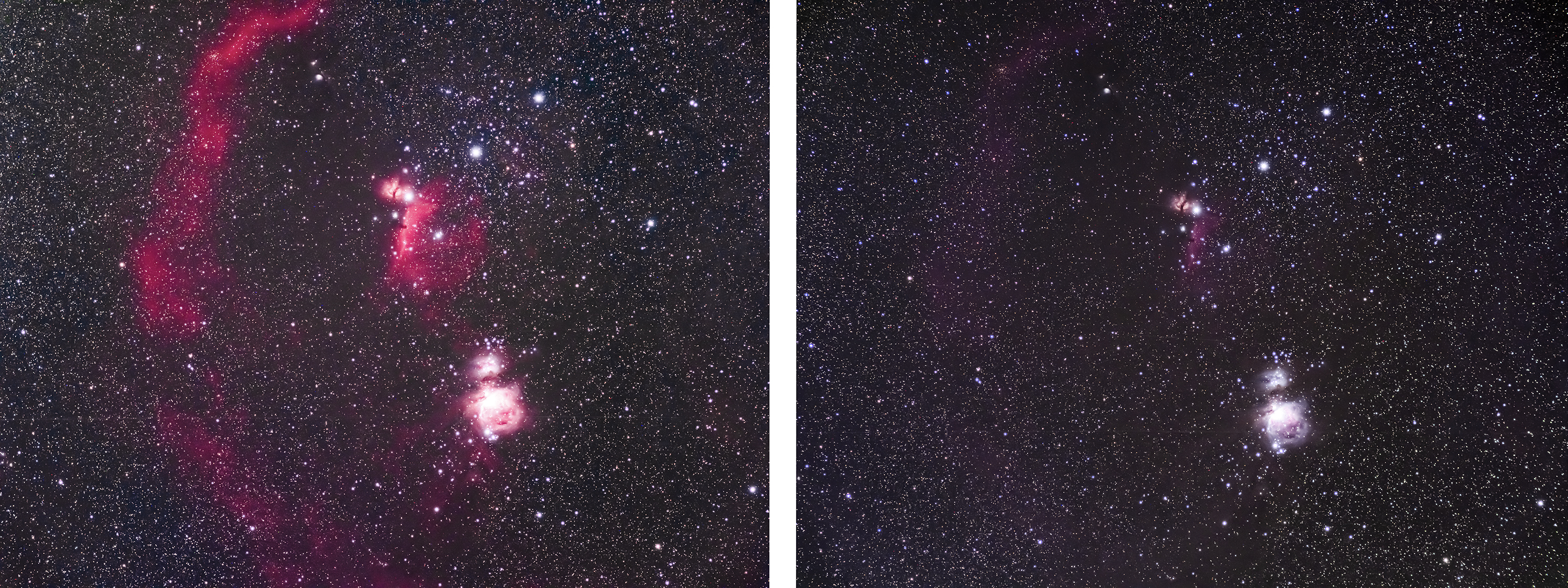
In addition to the E-M1 Mark III Astro, OM System has also announced two filters: the Body Mount Light Pollution Suppression filter (BMF-LPC01) and Body Mount Soft Filter (BMF-SE01), which are available separately, or as a kit included with the new camera.
The filters are designed to be placed inside any one of OM System’s recent cameras, such as the OM-1 Mark II and OM-3, between the lens mount and sensor, which means you can swap lenses while the filter remains in place.
The light pollution suppression filter cuts light bleed from artificial sources, such as street and city lights (a bane to astrophotography) resulting in more vivid night shots. Meanwhile, the soft filter blurs and highlights point light sources (stars), emphasizing their colors to make them stand out.
Available now from OM System’s website only, the E-M1 Mark III Astro with those two filters costs £1,899, while the light pollution filter and soft filter are available separately for £259 and £179 respectively (US and Australia prices are TBC).
A sky full of stars
OM System cameras are a compelling choice for astrophotography thanks to several computational modes that boost the quality of their night shots. These include ‘starry sky autofocus’, which should ensure you acquire sharp focus, and ‘handheld high-res shot’ which boosts 20MP stills to 50MP (with the diurnal motion of the stars corrected if the camera is mounted to a tripod or equatorial mount). In addition, you can also photograph live composite for star trails.
And if you want to go one step further, the E-M1 Mark III Astro is now a top pick. It’s a bit of one-trick pony however; if you used it for photography other than astro, there will be a reddish / pink color cast to your images. This can be somewhat corrected through white balance adjustments when editing, or by reversing the effect with a UV / IR hot-mirror filter on your lens at the time of capture.
An alternative to a purpose-made astrophotography camera is converting an existing camera, given the main difference is a particular type of IR-cut filter in front of the sensor. If you search online, there are a number of companies that offer this service, typically for anywhere between $350-600 / £300-500.
If you know that astrophotography is something you’d like to explore further, the new E-M1 Mark III Astro with filter kit is well worth looking into – it will create vivid astrophotography images simply not possible with a regular camera.
